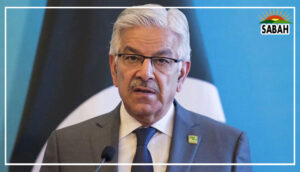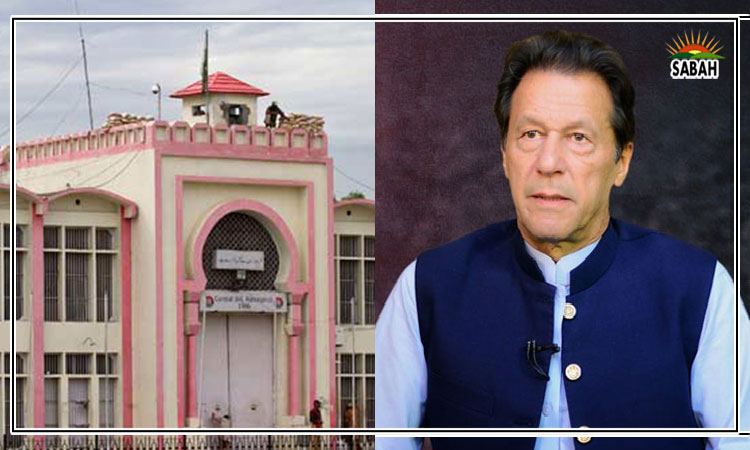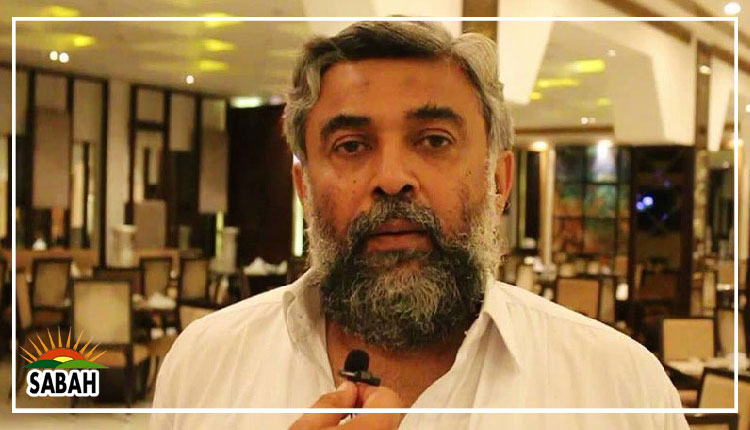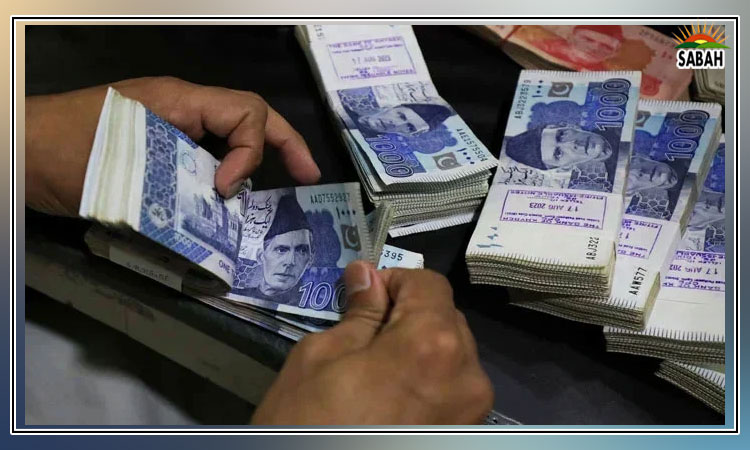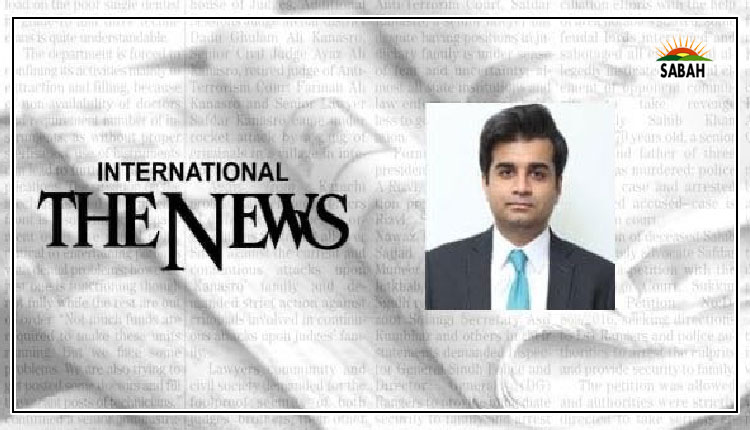Escaping the low-growth trap…Ammar Habib Khan
Pakistans economy is now effectively stuck in a low-growth trap. The composition of the economy is heavily tilted towards consumption, with household and government consumption making up more than 97.6 per cent of total national output in 2022-23. This consumption is largely funded by an ever-increasing reliance on imports.
Over the last ten years, on average consumption has made up 92.8 per cent of GDP, peaking at 99.6 per cent of GDP in 2021-22. It is estimated that if the country grows by more than 3.0 per cent in any given year, it will require additional external debt of $7 billion just to maintain consumption levels. For a country like Pakistan, a sustainable growth rate needs to be to the north of 5.0 per cent which is simply not possible while being heavily reliant on imports.
Higher consumption does not necessarily mean that there is excess consumption of luxury. Most imports can largely be categorized as essentials. Almost one-third of imports is essentially energy, or petroleum products. Absence of public transportation infrastructure has created an environment where there is heavy reliance on imported fuel, which hinders mobility, and exposes the economy to volatility in international oil prices.
Similarly, food imports continue to take a heavy toll on the external payment side, with the economy importing cumulatively $5.3 billion of pulses, and $24 billion of edible oil over the last 10 years. The inability of the government to even manage the wheat supply chain (despite elevated price floors) has led to import of more than $2 billion of wheat in the last two years. Effectively, even the consumption that is being financed by imports is largely that of essentials, rather than luxury in nature. As population growth continues unabated, and if the structure of the economy remains unchanged, the quantum of essential imports is only going to grow further, exacerbating an already precarious external position. It is simply not possible to attain a sustainable growth rate in excess of the population growth rate with such structural inefficiencies.
There is a dire need to shift orientation of the economy from consumption-oriented, to investment-led growth. Pakistans investment-to-GDP ratio has been an average of a meager 14.8 per cent over the last ten years, against the South Asian average of 30 per cent, and Lower Middle Income average of 28 per cent, respectively. The inability to invest in productive capacity has led to a scenario where the country has to import even the most basic essentials, while the economy fails to generate new sustainable jobs for its population.
Investment in the formal economy is a function of savings in the economy, and savings in the economy are largely in the informal segment as can be seen through reallocation of capital towards unproductive areas like real estate, and increase in currency in circulation. Over the last ten years, currency in circulation has increased by almost five times, as households and businesses alike avoid the formal financial segment due to its arcane practices, and an anti-consumer, and anti-business regulatory regime. There exists a strong case to reallocate the capital in the informal economy to the formal economy, and one radical tool to achieve the same is through demonetization. As currency in circulation is either canceled out (through demonetization), or deposited into formal financial instruments, this will provide availability of a one-time capital infusion that can be reallocated towards export-oriented segments through a directed industrial policy.
The country needs a coherent and export-oriented industrial policy. The need for such a policy has never been so dire, as consumption-oriented growth is simply not sustainable anymore. A coherent policy that incentivizes reallocation of public and private capital to export-oriented industries is critical to reduce reliance on imported consumption as a driver of growth. An industrial policy is also critical to create incremental jobs as the labor force continues to expand, considering overall population growth rates. Earlier iterations of industrial policy were driven by rent-seeking attributes, as can be seen by billions doled out as subsidies, or concessional loans for industries that did not export anything, but rather further aggravated the import bill, while eliminating consumer surplus in the process. An industrial policy that continues to serve myopic interests of the usual rent-seeking cabals will only make things worse although not much different can be expected, since the same rent-seeking cabals continue to dominate economic policy discourse while having failed to achieve any substantial economic value through export-oriented growth.
There cannot be an industrial policy, without reformation of the power segment which is plagued with governance inefficiencies, and a pricing mechanism that has made every business in the country uncompetitive at a global level. Almost one-third of electricity tariff for consumers is taxes, while another 20 per cent is a mix of transmission & distribution losses most of these factors can be traced back to inefficient government taxation, and governance machinery. If we want the country to industrialize, the electricity tariff needs to be decoupled from governments inefficiency and the same can be done by ditching the single-buyer model that has horribly plagued the power segment.
Power needs to be devolved into a multi-buyer and multi-seller model, such that industries can relocate, or re-optimize depending on where the lowest cost of electricity is available. Similarly, fixing government inefficiency, and eventually out-of-control expenditures, while expanding revenue base is literally the only way out of a perpetual fiscal deficit, rather than burdening consumers with ever increasing numbers of taxes. Finally, as has been iterated time and again, giving up management control of electricity distribution companies, which continue to rack up losses in billions annually, and creating an environment which incentivizes reduction in losses is the only way forward. Delaying the same will further destabilize an already precarious electricity transmission & distribution infrastructure.
Policymakers continue to fail the people of this country. The inability to reorient the nature of the economy is only going to make things worse, wherein things may spiral out of control. A mid-to-long term plan is required to reorient the economy from consumption to investments, and the same can be done through a mix of demonetization, an export-oriented industrial policy, and reformation of the power segment. The inability to do this will continue to restrict the growth rate of the country to 3.0 per cent per annum, or lower pushing millions deeper into poverty, and into employment every passing year.
Courtesy The News


